Some people think that starting a vegetable garden is difficult, but after reading this article you will realize that it doesn’t need to be. There are some easy steps you can follow, and you will soon be making your own vegetables at home, that are highly nutritious. If you are in a situation of wanting to start off, but being a little confused in terms of where to start, this is a good starting point.
How to Plant a Vegetable Garden
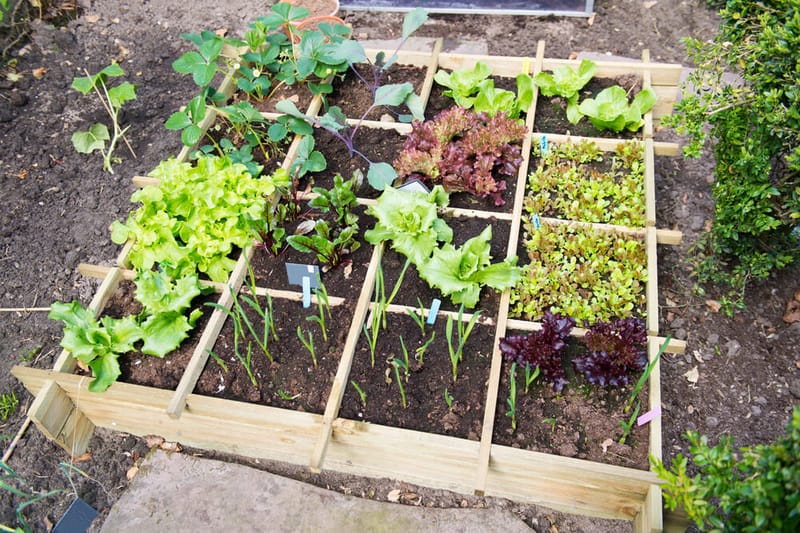
A lot of people start a vegetable garden not just as a way to get a lot of nutrition from their initiatives by consuming the delicious things they’re making, but also as a means to save money. Did you know that a tomato plant can actually make as much as 10 pounds of tomato fruit (yes, tomatoes are fruits).
You will likely also find that you can get vegetables that are a lot more tasty than the ones that you are buying in a grocery store, which will give you a lot more tasty food when you’re also eating it. There are so many benefits to growing your own vegetables, and it’s a good activity to do with the kids too.
When you get to the point of deciding to do it, it’s exciting, because this is the time when you need to decide what you will be planting in your vegetable garden, and therefore what you will be able to eat eventually. Since you’re just starting off, it can be a good idea to grow things that are relatively easy to grow, which will anyway feel great once they ripen and you can eat them.
There are vegetables that grow all year round that you can consider. This way you won’t need to wait for a long time before something starts to grow, which is usually what it takes in order to keep staying motivated with the project. You should also make sure that you’re actually growing things that your family plans on eating too and things that will grow in your climate, especially if you’re planning on growing it in the ground outside.
Now is also the time where you will be determining where is the right spot to setup your project, and consider the different elements needed in order to grow your vegetables. This is good soil, access to the right amount of water and a lot of sunlight. If you live in a place that gets very dry in the summer, you will also need to make sure that they get enough water, which could be made easier by installing an irrigation system.
For those people that don’t have a good backyard for the project, you will need to get containers or pots for the purpose, and then you will simply be placing them on the deck instead, assuming it gets enough sunlight.
If you do plant in your backyard, you will also be determining how much space you are going to dedicate to the project. You can also expand the space later on if you wish to do so.
You also need to learn some slang when it comes to vegetable gardening, that includes intensive cropping and row cropping. Row cropping basically refers to planting things in a single line.
By having nutritious soil, you will also be managing to grow more, and it makes sense to test it for that purpose. Watch this video to see how it’s done.
When you have tested the soil and, now comes time to dig the garden, and you will want to make the soil looser, which you can do like this. It is called tilling and you can either use tools to do it, or you can simply do it with your hands. Since the purpose is to make the soil more loose avoid doing things that would make it more compact again, which involves not stepping on it. You will then use a rake leaving the surface nice, flat and smooth, while still being airy.
At this point, it’s a good time to give the soil a good amount of water and then forgetting about it for a couple of days before the soil has had the opportunity to shed the excess amount of water. This is when you will want to start planting your vegetables.
Be careful to read how to best take care of your newly planted vegetables in terms of the amount of water and fertilizer that you should be giving them. It’s especially the case if you’re entering a dry season, since the vegetables prefer soil that is a bit moist without it being drenched. It’s good to test the earth periodically too to see if it needs more water or not.
The fun part comes when harvesting comes around and you will finally be able to eat what you planted. However, it’s also good if you look into when the different types of vegetables are ready to be harvested. Even if it may be hard to find the patience to wait with the harvesting, it will give you more vegetable to actually enjoy.
Check out how you can take measures to lower the risk of getting pests invading your vegetable garden.
Layout Ideas
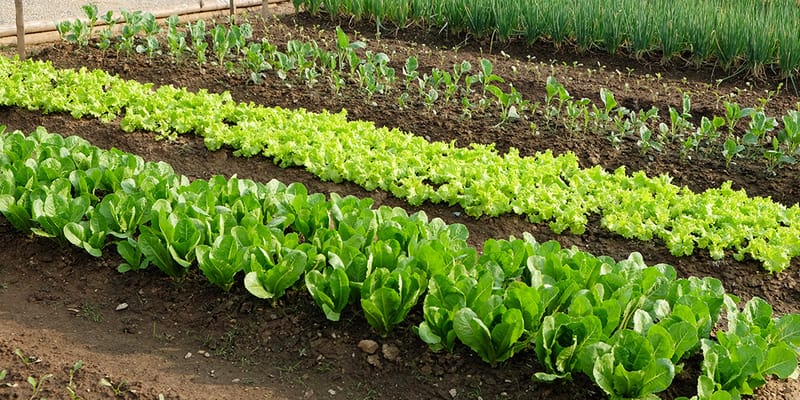
There are layouts that work great in certain situations, while they may not work as well in other scenarios for different reasons. There are some things you can keep in mind when it comes to the layout of your vegetable garden.
If you have things that grow towards the sky, it’s important that they grow in places where they won’t be shadowing other plants that are in dire need of the sunlight or you may have to move them at a later point which will be more work than simply doing it right from the start.
There are actually some plants that can grow upwards together, like sweet corn and beans, where the beans plant grows on the stronger sweet corn plant, which can be used strategically.
As we mentioned, pests is a concern that you will want to try to avoid, and it can be done by growing certain plants that instead attract the kinds of insects that you want. These are called insectary plants, and these will attract things like lady beetles which eat mites and more.
You also probably didn’t know that mixing up vegetables is advantageous to make it a little bit less easy for pests to get attracted to them, although there are some that will need or benefit greatly from being grown closely together.
Special vegetables will also have requirements for how they will best grow.
Free Garden Planner Software

There is smart software that you can use in order to make the layout process a little bit easier, that we will briefly mention here.
The easiest way to come up with your own vegetable garden layout is to use a free garden planner. Here’s some of the best software for planning your garden.
- Plan a Garden – using drag and drop you will be able to create the vegetable garden you have always dreamed of. It even creates a 3D version of the garden you’re making.
- Gardeners.com – all you need to do is scroll through the different plants you wish to grow and it will help you in the process.
- Marshalls Garden Visualiser – it is very much like a video game in its features and you can easily determine how much space you wish to use for the purpose.
- Gardena – featuring drag and drop features, you can resize and plan accordingly.
There are many different types of software out there that you can use and a lot of them do very similar things. We just wanted to give you a basic understanding of the different options, and it’s now up to you to decide which one you wish to use. By no means is our list exhaustive, but it should suffice when you are just getting started out.
Ideas
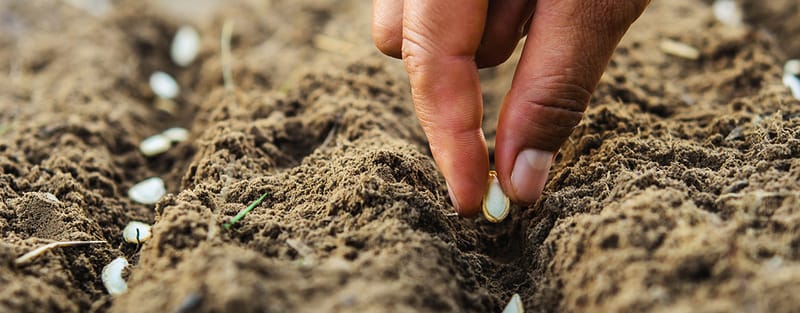
No matter the size of vegetable garden that you decide to go with, there are some things that you may want to at least keep in the back of your mind as ideas.
Living in the city is not a hinderance when it comes to growing your own vegetables. Yes, it does not make it easier, but you can grow other things that grow vertically instead. You can create a vegetable wall like this one.
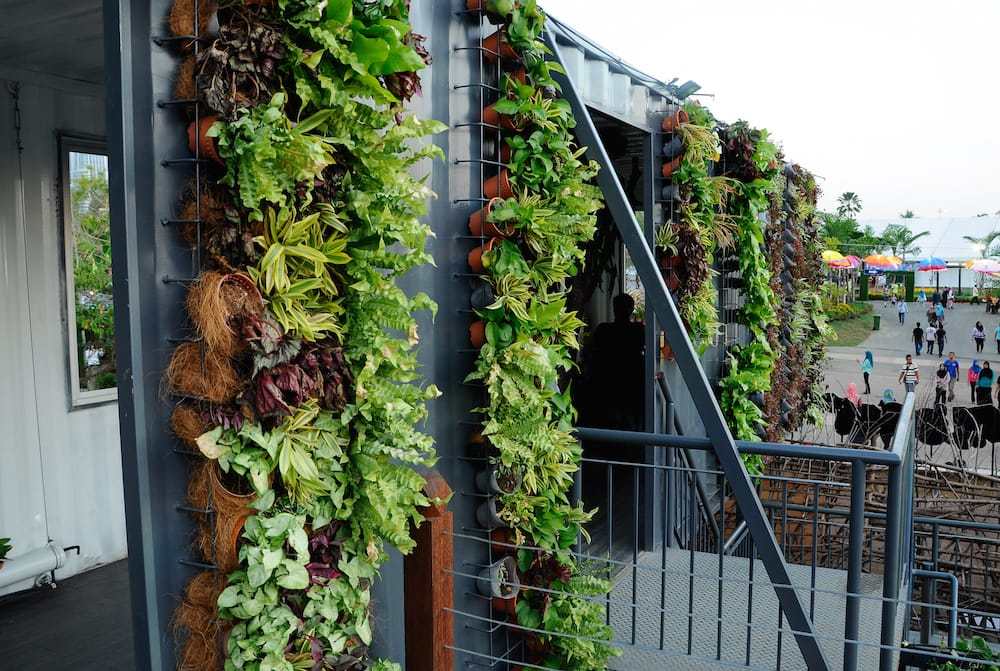
There are doghouses that come in a way so that you can plant vegetables on their roof, and if you already have a limited amount of space but still wish to plant vegetables, it’s a great way to optimize your space. Check out what it can look like right here.
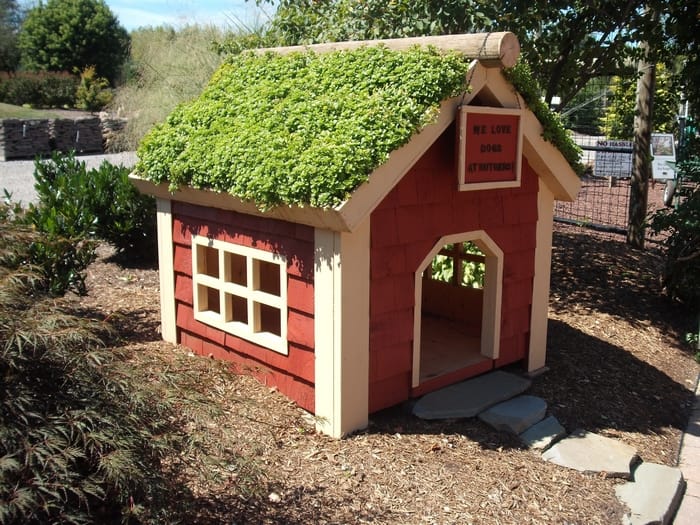
What is absolutely great about this initiative is that it’s also dog proof and you won’t have to worry about your vegetables disappearing.
A vegetable garden can also be made as a hanging container solution, and while it will be close to being a wall, it isn’t exactly, although still vertically making better use of your space.
Love herbs? Well, if you can find an old wooden pallet you can easily grow your own with this rustic, yet super charming pallet layout.

Picture from Neatologie
Raised Vegetable Garden
Raised vegetable gardens are what the name implies, raised. It is especially ideal if you do not have to wish to bend over quite as far in order to get to your vegetable garden, and it’s also great for increasing the drainage, if you have soil that tends to stay wet for too long.
You can either build your own raised vegetable bed, like this. Building a raised vegetable garden yourself is in fact not that hard.
Or you can go ahead and buy one. Either way, it should be filled with nutritious soil, which you can either buy, or if you haven’t already, you should start composting. Your plants will love you for it. Be sure to smoothen it out and remove any debris or rocks that you find in there.
When you have done that, the principles are very much the same that you need to plant the seeds and keep it well-watered. Since the drainage is better with this solution, you will want to ensure that you check that the soil has enough moisture to avoid the plants drying out.
Indoor Ideas
Are you in fact rather the person who would want to grow things inside? That’s not an issue, since there are also vegetables that are great for indoor growing. We’ll walk you through some great things that you can plant inside if that is what you want to do or you simply do not have the outdoor space to make it happen.
Although they still want sun, they should be placed near the window where they can get some of it, preferably 8 hours.
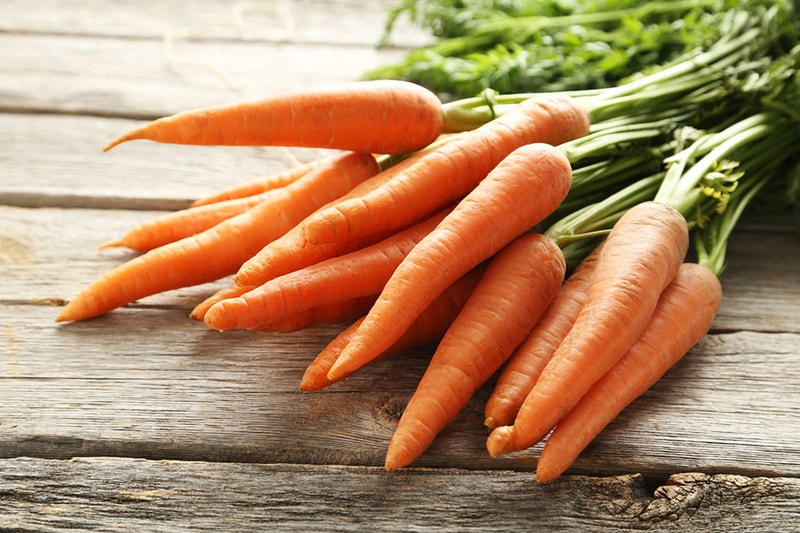
Carrots are a great way vegetable to grow inside since they love temperatures between 70 and 80 degrees.
Basil, radish, dill and more are also great things you can grow inside that will add a lot of taste to your cooking. They’re called microgreens but they’ll leave a big impression. It’s even easy just to buy one of those trays and then you’re started more easily than you know about it. You should see them starting to grow very quickly.
Tomatoes are also great plants for indoor growing.
Among other things you can grow inside are lemons, oranges and avocados. These should make great things for you to eat when they ripen.
Soil Preparation
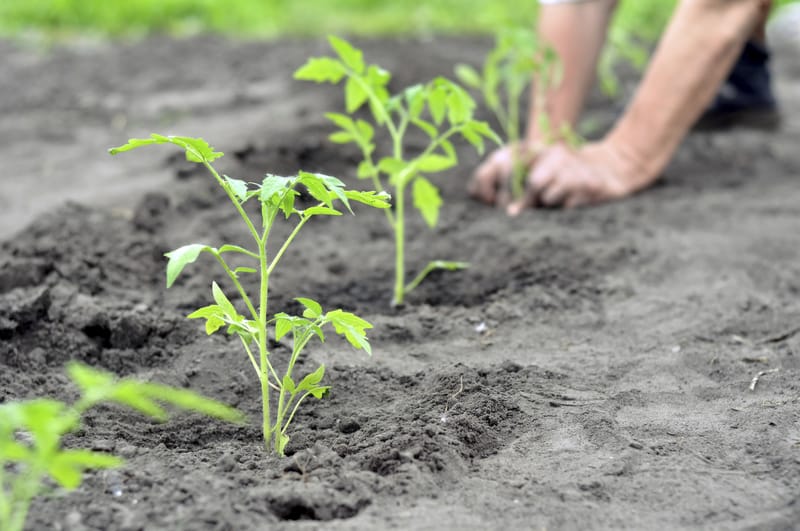
The same way your own body needs to stay healthy in order to grow and heal properly, plants and vegetables also need healthy soil for ideal growing conditions. Some of the nutrients that need to be present in the soil include nitrogen, potassium and phosphorous, magnesium, sulfur and calcium.
To grow vegetables, you will generally need pH levels that are somewhere between 6.5 to 6.8. Deviating from that simply means that your soil is either too acidic or alkaline and the consequence is an inability for the plants to get the nutrients.
The texture of the soil is also important. If it there’s too much clay in it, the water simply may not soak into the ground and get into the roots, which would keep plants from absorbing it. If it’s too sandy, it will drain right through and the nutrients will also be lost.
Best Mulch
Mulch can play a big role in helping out with your vegetable garden, because it can help insulate the soil, and that acts as protection which can be needed when it gets really cold or hot. While excess water will drain into the earth, mulch helps keep water from evaporating, which is good in keep roots moist at all times.
Remember that you had to make sure the earth was not too compact? Well, that is also something that mulch can help ensure as it lessens compaction. In terms of nutrients, it’s great too. It keeps weeds out which would otherwise be stealing those nutrients you worked so hard to make sure the earth was full of.
Leaves are actually a great type of mulch for your vegetable garden. They keep weeds out, and you probably have a lot of them available. The reason you don’t want to keep leaves lying on your lawn over winter is because the lack of sun could mean that the grass underneath cannot grow, but since you’re not trying to grow grass in your vegetable garden, it does not matter. That is why removing leaves from the lawn is part of the home maintenance checklist we made for you.
If you have pine needles, these are also great to use as mulch. The issue about them is that they’re relatively acidic, which could cause issues if you aren’t continuously measuring the pH level of the ground.
Natural Fertilizer
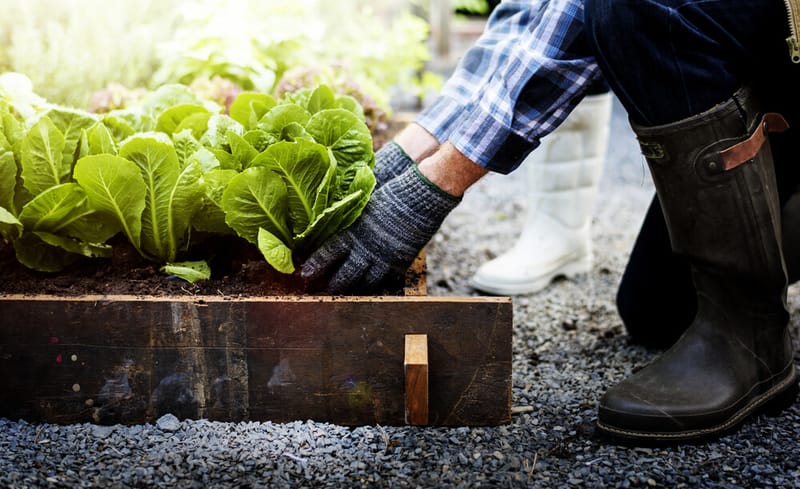
Even if they have fancy labels, some of the best fertilizers you can get your hands on are actually natural. We already spoke about how composting is a great way to fertilize your soil, but there are more.
Seaweed, even the dry version is a great addition to your vegetable garden, so are crushed eggshells. They contain lots of calcium that tomatoes love.
When you are done making coffee, you shouldn’t be too fast at throwing away the grounds, as they may serve a purpose in terms of giving your soil more nitrogen, which blueberries and tomatoes are very fond of.
The potassium lovers will really appreciate your banana peels.
Small Vegetable Garden Ideas
Planting a small vegetable garden can be nice too, no need to always think bigger is better. There are a lot of vegetables that can be grown even if you don’t want to dedicate too much space to it.
If you have a passion for growing vine crops, you can do so on a trellis, but they aren’t the only things that can be grown on one. You can also grow things like cucumbers and watermelon.
We already mentioned how raised vegetable garden beds can serve as great ways to go about vegetable gardening but in a more modest fashion.
When To Plant
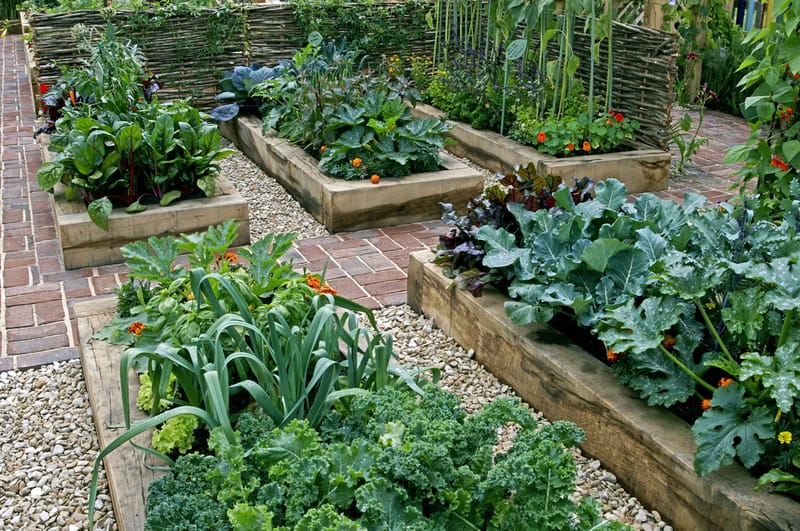
If you’re a new gardener, you will be asking yourself when you need to be planting in order to make sure you have the best possible chances of getting a good harvest. If you get grow lights, you can do so all year round, but you will want to wait until you’re past freezing season when you’re planting something outside.
Plants generally have a harder time dealing with frost, so if you know you live in an area that commonly receives frost in March, then you might just want to wait with planting anything that goes outside.
When it comes to the question of when to plant, it’s really a good idea to consult with your local garden center and hear what they have to say.
Summer

Not all plants and vegetables love the same type of weather. For instance, a cactus needs very little water. Some of the ones that love the hot weather of the summer include eggplant, okra, green beans, hot peppers, Southern peas and sweet potatoes.
Fall
There are also vegetables that are good to grow in the fall in your vegetable garden that include spinach, lettuce, cauliflower, cabbage, Brussels sprouts and broccoli. Since you want to make sure to avoid them actually freezing, you will want to start growing them in July or August which will give them enough time to turn into plants before it starts freezing, at least if they’re being grown outside.

How Often Should You Water It?

When it comes to watering, it’s usually about an inch of water per week, and this can then either come from you artificially watering or if there is enough rain for it. If it gets hot, the vegetables need more water, the same way you would, and it can generally be said that an extra quarter inch should be added each week for every 5 degrees the temperature climbs over 60 degrees.
It’s important to note that certain types of vegetable, including tomatoes and eggplants require large amounts of water.
Balcony Vegetable Gardening
We’ve talked about the great opportunity you have for engaging in vegetable growing even if you can only do it on a balcony. There are still many opportunities for things you can grow that include tomatoes, radishes, peppers, green onions, eggplant and beans.
With the right conditions, you can still grow most of the same type of vegetables, but due to space constraints you’ll be doing it in a container instead.
Vertical Vegetable Gardening
When you live in an apartment, things that grow vertically are also good contestants for what you should be growing, or you can make it layered as we previously suggested, using shelves in different layers for example.
How To Get Rid of Ants
If you’re growing vegetables, the big question can sometimes seem to be – how do you get rid of ants? The red or black ones can easily seem to invade your attempt at growing nutritious food. While you may not like them, they can make pollination easier, and they can help get rid of caterpillars that are causing damage.
When they become more of an infestation than occasional ants is when you will want to do something about it. Aphids are pests you will want to get rid of, however.
Garden ants are the typical black or red colored ants that are so tiny. They can actually benefit your vegetable garden in some ways since they can act as pollinators by crawling around from one plant to another to look for nectar and they can even kill harmful caterpillars. The only time that these ants will pose a problem is when their population becomes enormous that could result in an outright infestation in your garden.
Fire ants are different from red and black ants, and since there can be a lot of them, you will need to be careful in dealing with the situation. Mixing sugar and borax in the ratio of 3:1 and then putting it where the ants are going should get rid of them. Give it a couple of days and the borax will make sure you no longer have an ant problem
How to Keep Deer Away Naturally
Keeping deer away from your vegetable garden can be annoying, but there are things you can do. The easiest solution is that you get motion-activated sprinklers. While it is annoying having to install it, it will help in scaring the deer away.
Otherwise, you can have a fence installed, but it is obviously a bit of a task, but may be necessary.
You can strategically plant vegetables and plants that the deer don’t appreciate, and doing so on the borders may sometimes be enough to keep them from simply ignoring those border plants and leave your dear vegetables alone.
How to Get Rid of Weeds Naturally

There are also natural ways to deal with weeds that you can use, and they’re often cheaper than other solutions.
Using the idea of mulch is what will make sure the weeds don’t survive, which can be achieved using newspaper, for example. This keeps the sunlight from getting to the weeds.
You can also use vodka mixed with water and a bit of detergent which will help get rid of those pesky weeds.
Something as simple as boiling water can also work against weeds.
How to Amend Clay Soil
Soil that is very high in clay is not very good for growing your vegetables in. By adding organic matter to it, you can work on improving the soil, which for example can be things such as grass clippings. It will take some time to improve the clay soil, but by mixing the organic matter with the clay soil and giving it time to break it down, it will eventually be mixed.
Here’s a video better explaining the idea.